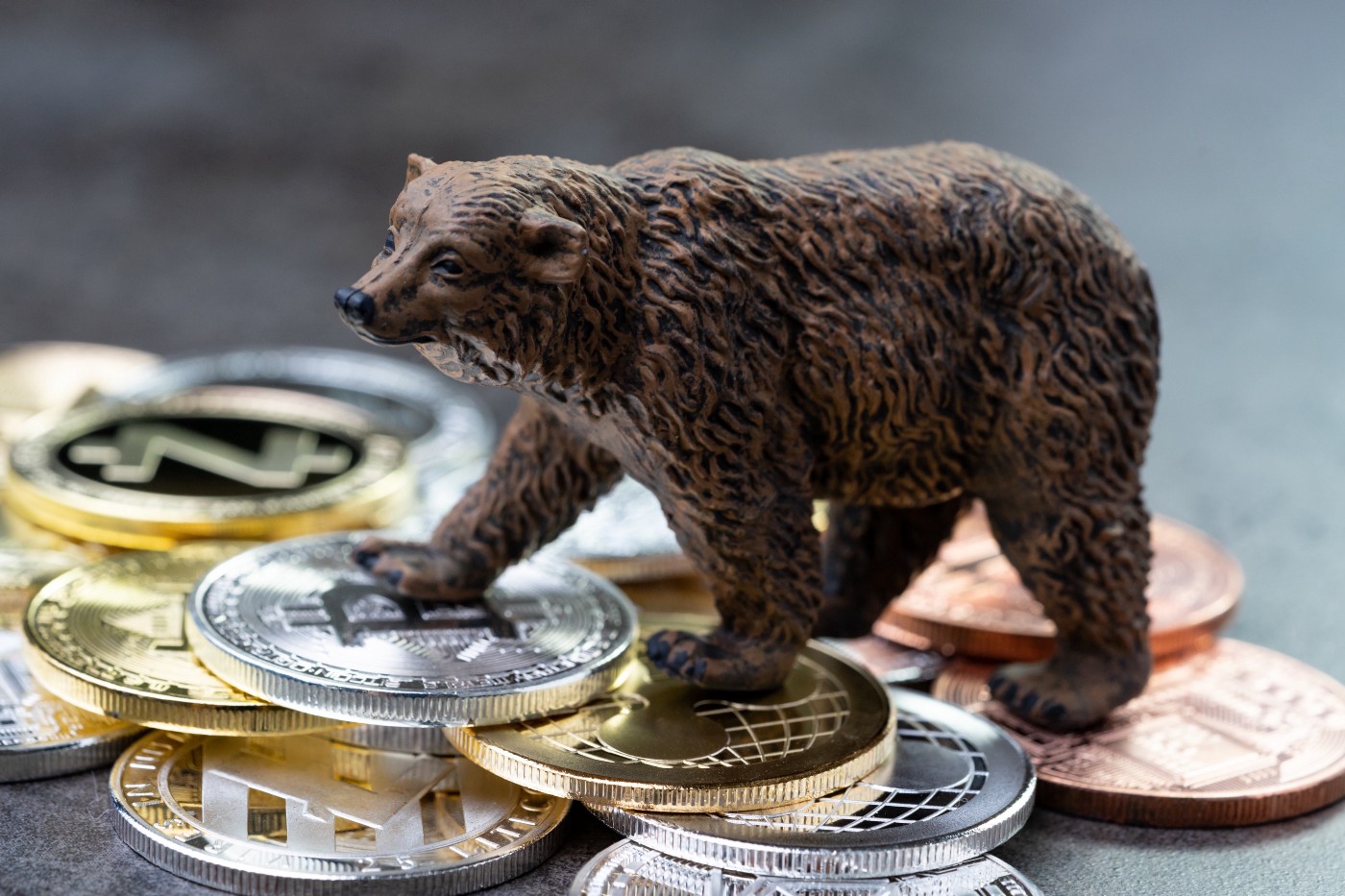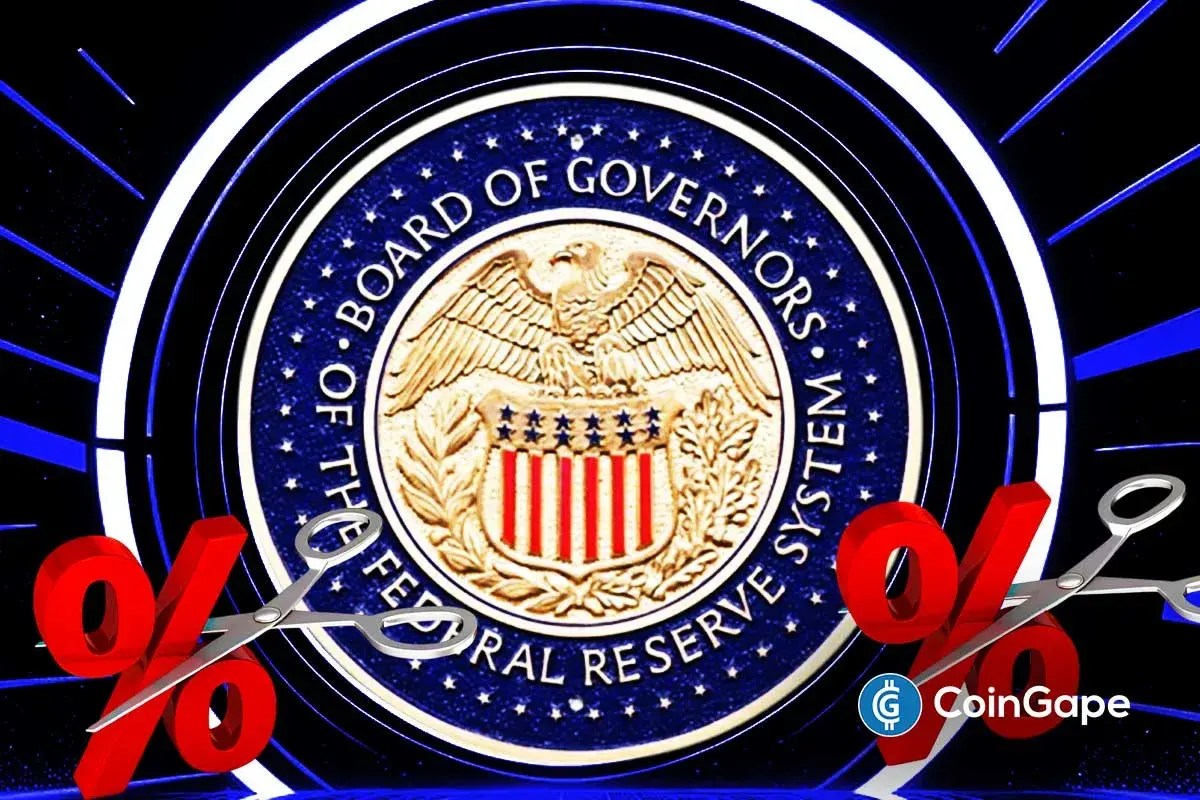Newsom Goes Full Meme: ‘Corruption Token’ Aims to Out-Grift $TRUMP Coin
Speaking on the Pivot podcast, Newsom said the project, dubbed “Trump Corruption Coin,” will directly challenge Trump’s Solana-based $TRUMP token.
Newsom’s Satirical Coin Launch
California Governor Gavin Newsom has revealed plans to launch a new meme coin mocking President Donald Trump’s cryptocurrency ventures. During the podcast appearance, Newsom joked that his coin would outperform Trump’s digital asset, framing the project as both political satire and commentary on the former president’s crypto activities and calling Trump “one of the great grifters of our time.”
Newsom has frequently parodied Trump’s communication style on social media, adopting the former president’s characteristic phrasing on X. The coin’s satirical tone is designed to highlight what Democrats view as Trump’s attempts to profit from the crypto industry while holding political influence.
Trump’s Foray Into Memecoins
Trump introduced his $TRUMP token in January, ahead of his inauguration, through the Solana blockchain. The token surged dramatically upon launch, hitting an all-time high of $73.43 before collapsing to $8.42, according to CoinGecko. Despite its volatility, the project still commands a market capitalization of nearly $1.7 billion, making it the 77th-largest cryptocurrency.
The token’s rapid rise was driven by both Trump loyalists and critics, demonstrating the polarizing effect of politically branded assets. While short-lived in performance, the project underscored how memecoins can capture cultural and political moments, fueling speculation and debate.
Political Crypto Rivalries
The governor’s planned token comes amid a broader wave of political figures experimenting with digital assets. Proponents see memecoins as a way to mobilize supporters and shape online narratives, while critics view them as tools for personal enrichment.
Newsom said proceeds from the Corruption Token will fund his Campaign for Democracy, which focuses on initiatives such as redistricting and civic engagement. No timeline or technical details for the launch have yet been disclosed.
Trump’s Expanding Crypto Interests
Trump’s crypto involvement does not end with $TRUMP. World Liberty Financial, backed by Trump and his sons, recently launched its WLFI governance token, which has reached a market valuation above $26 billion. The Trump family reportedly holds nearly $6 billion worth of WLFI tokens, further intensifying concerns among Democrats about conflicts of interest.
Newsom’s announcement positions the Corruption Token as a politically charged response to Trump’s ventures in digital assets. While framed as satire, the coin highlights how cryptocurrency is increasingly being used as a platform for political messaging, blurring the lines between finance, internet culture, and electoral strategy.
Disclaimer: This article is provided for informational purposes only. It is not offered or intended to be used as legal, tax, investment, financial, or other advice
You May Also Like

Trump and WLFI Debate Escalates! US Democrats Make New Move to Anger Trump!

What Are the Biggest Bear Scenarios for the Bitcoin (BTC) Price? Experts Listed Them
